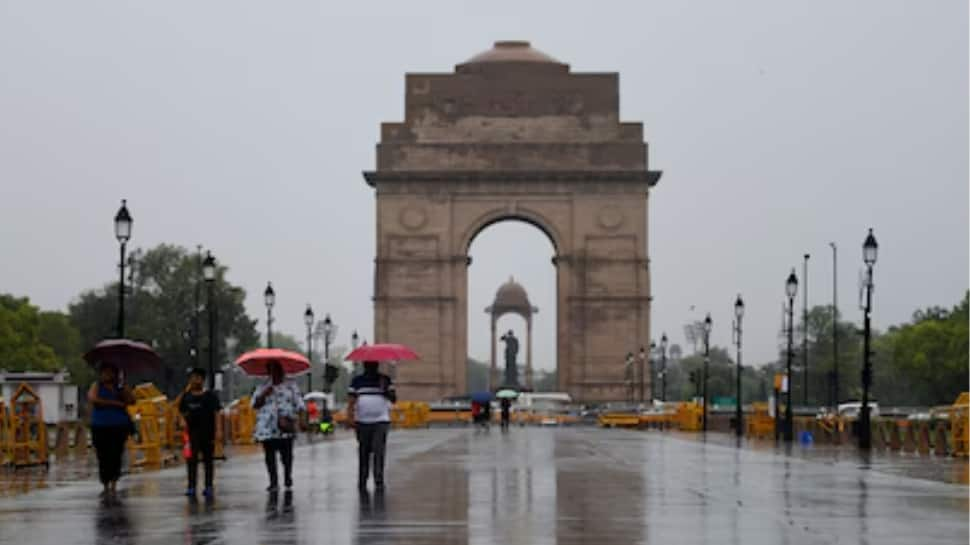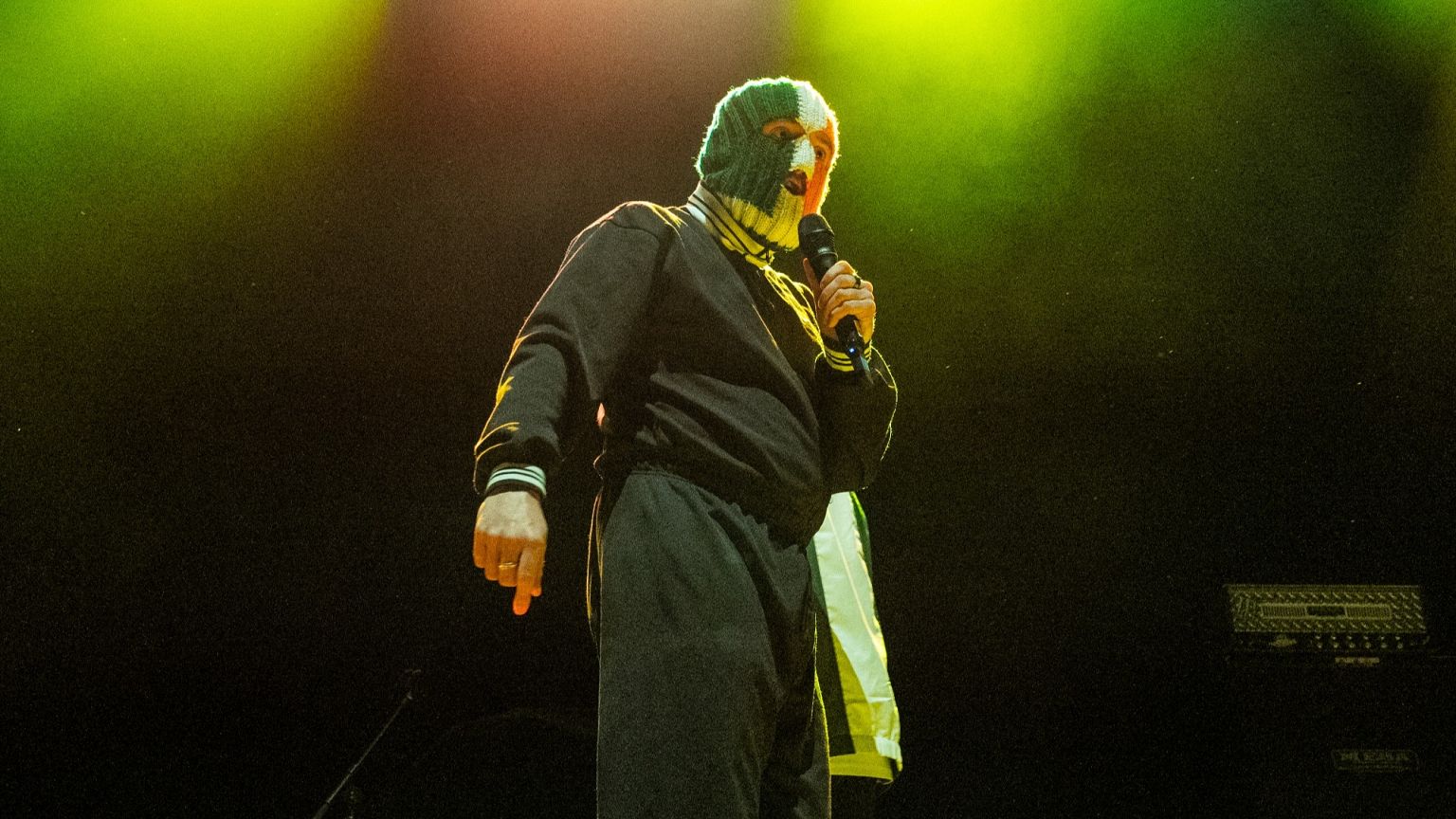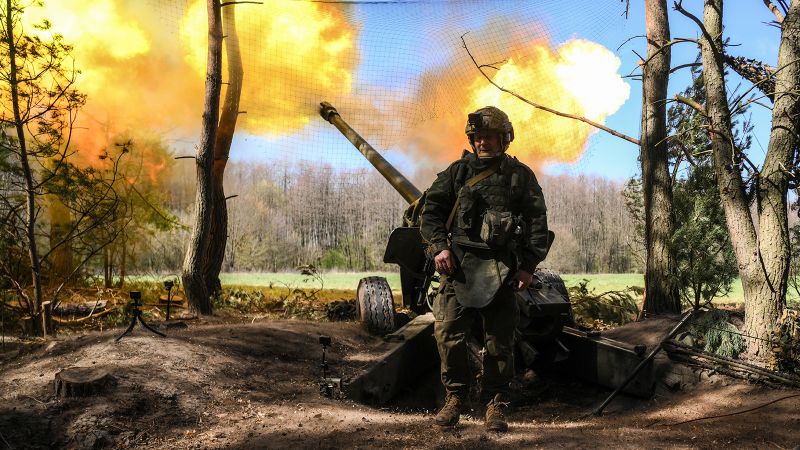It’s no secret that the Coalition wants to reduce the public service. Peter Dutton and the opposition have variously said that they plan to cut 36,000 or perhaps 41,000 positions from the Australian Public Service (APS) should they win the election. The aim is to return the APS to the employment levels of 2022, when the Morrison government left office.
It’s a little difficult to work out exactly what the current Coalition policy is, with Peter Dutton and his frontbench offering a number of different versions of their plan. After the Coalition backflipped on its working from home policy, it kept the target for public service reductions. Over at The Mandarin , Dan Holmes has a good summary of the evolution of the Coalition’s attrition plans.

The Coalition’s official election platform, entitled Our Plan , has a specific policy commitment around cutting “government waste”. The policy states that an incoming Dutton Liberal government will “sensibly reduce the APS (excluding military and reserves) by 41,000 over five years”. In early April, Coalition campaign spokesperson James Paterson told the ABC that “we will cap the size of the Australian Public Service and reduce the numbers back to the levels they were three years ago, through natural attrition and voluntary redundancies”.
Returning the arts portfolio to 2022 staffing levels will cost a lot of jobs. Crikey has crunched the current staffing figures at eight prominent cultural institutions — the national galleries, National Museum, National Library, National Archives, Creative Australia, Screen Australia and Old Parliament House. The analysis shows that the Coalition’s plan would cost at least 263 full-time equivalent jobs.
In the 2021-22 fiscal year, these eight institutions employed 1,592 public servants, in full-time equivalent numbers. By 2023-24, this had increased to 1,855. The data is gleaned from employment figures published in various official annual reports and Portfolio Budget Statements.
Given the Coalition also wants to save billions of dollars in spending by reducing the public service, a return to 2022 staffing levels implies significant reductions in arts funding. One of the reasons for the recent hiring spurt is that Labor increased funding to these institutions in 2022 and 2023 — the Albanese government injected $535 million in new funding in the 2023-24 budget . Removing this funding boost from the arts portfolio budget implies a half-billion-dollar funding cut.
It’s not well understood just how badly federal cultural institutions suffered in the 2010s. In Joe Hockey’s horror budget of 2014, federal arts spending was cut by more than $100 million , resulting in significant job losses in institutions such as the National Library, National Gallery and National Museum. Further arts cuts followed in 2015 .
Buried in the 2015-16 annual report for the National Gallery of Australia (NGA), for instance, is a doleful complaint by then director, Gerard Vaughan, about the deep bite of the NGA’s 2015 efficiency dividend. Combined with previous budget cuts, Vaughan wrote that the new cuts meant that the NGA’s “operating grant had been reduced by more than 5% in the space of a single year”. A glance at the long-term funding envelopes tells the story.
In 2012-13, the National Library received $49.7 million of federal funding. By 2019-20, that figure had inched up to $54.
5 million — a nominal increase, but a 3% cut in real terms. In 2012-23, the National Museum of Australia received $40.9 million in federal funding.
By 2020-21, the museum’s federal grant had risen slightly in nominal terms, but only to $42.4 million — a 10% cut in real terms. The funding squeeze was even worse than it appeared.
Measuring cultural funding against CPI inevitably underestimates the real cost of running complex cultural institutions such as libraries, galleries and museums. These agencies must pay public servants, house delicate collections and maintain large and ageing buildings. Energy and maintenance costs rose considerably in this period.
Between 2013 and 2020, staff numbers at national cultural institutions fell rapidly. In 2016-17, the year after Gerard Vaughan complained about the 5% funding cut, NGA staff turnover reached 10%, and full-time equivalent staffing at the gallery had fallen by nearly a quarter (23%) compared to 2012-13. In the case of the National Archives, the result was an acute crisis , in which the archives was forced to admit it was unable to deliver its core service of archiving public documents and audio-visual materials.
By 2022, the decade of austerity had even been recognised by the Coalition, which commissioned KPMG to prepare a report into the sustainability of the national institutions. The KPMG report was wheeled through cabinet to ensure its confidentiality, but it is unlikely to have painted a rosy picture. By late 2022, the situation at the National Gallery had reached the stage of chairman Ryan Stokes warning the Albanese government of redundancies and gallery closures.
Photos of the gallery’s leaking roof showed staff leaving buckets out to catch drips. In summary, returning the arts portfolio to 2022 funding and staffing levels will reimpose the austerity of the 2010s. Two hundred and sixty job losses is probably an understatement; Dutton’s recent statement that APS job cuts will be concentrated in Canberra is even worse news, as the galleries, library, museum and archives are all physically located in the national capital.
Unsurprisingly, the Community and Public Sector Union (CPSU) is aghast at the implications. “Every other day a different Coalition MP is announcing a new way that they’ll cut 41,000 jobs from the public service,” CPSU national secretary Melissa Donnelly told Crikey . “You can’t cut one in five public service jobs without significant consequences, and that includes damage to our national cultural institutions, which we know are already stretched and under-resourced.
” Donnelly points out that the loss of experienced staff will inevitably hurt these institutions. “You can’t just flick a switch and undo that damage,” she wrote in an email. “It would take years to rebuild the capability and the expertise that makes these institutions what they are.
” A spokesperson for Senator Claire Chandler, the shadow arts minister, told Crikey that “the Coalition values the important work of the public service in supporting all Australians,” adding that “a Coalition government will ensure the public service is resourced to deliver on its core functions, while ensuring that the cost and size of the public service reflects the most efficient and effective delivery approach possible.” “A Coalition government will sensibly reduce the APS (excluding military and reserves) by 41,000 over five years, bringing it back to a sustainable level, while protecting frontline services delivery and national security positions. This will be done methodically, through a hiring freeze and natural attrition.
” Are you concerned about the state of arts funding in Australia? We want to hear from you. Write to us at [email protected].
au to be published in Crikey . Please include your full name. We reserve the right to edit for length and clarity.
.
Environment

Coalition desperate to slash the public service... and plunge our cultural institutions back to austerity

Institutions including the National Library, National Archives and National Museum could be hit with hundreds of job cuts under the opposition's plans to reduce the APS.The post Coalition desperate to slash the public service... and plunge our cultural institutions back to austerity appeared first on Crikey.















